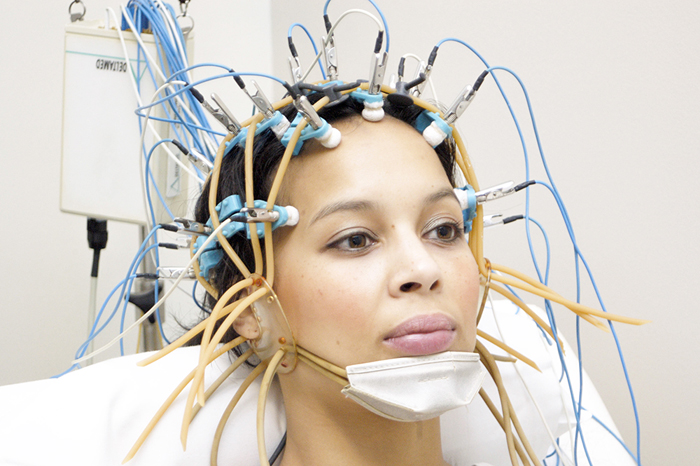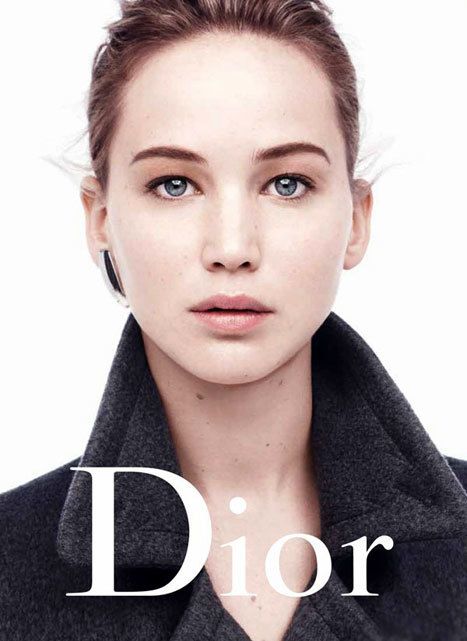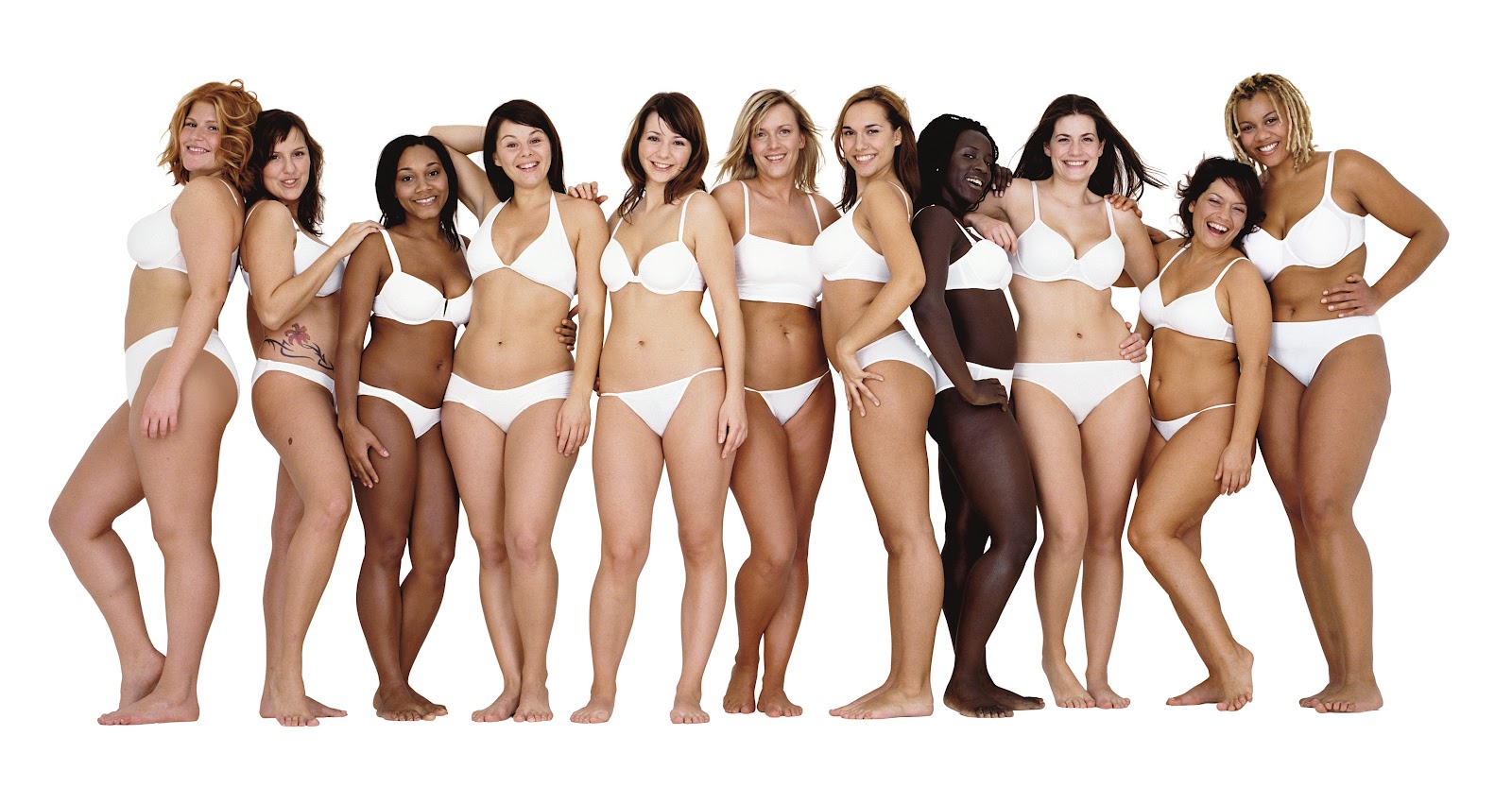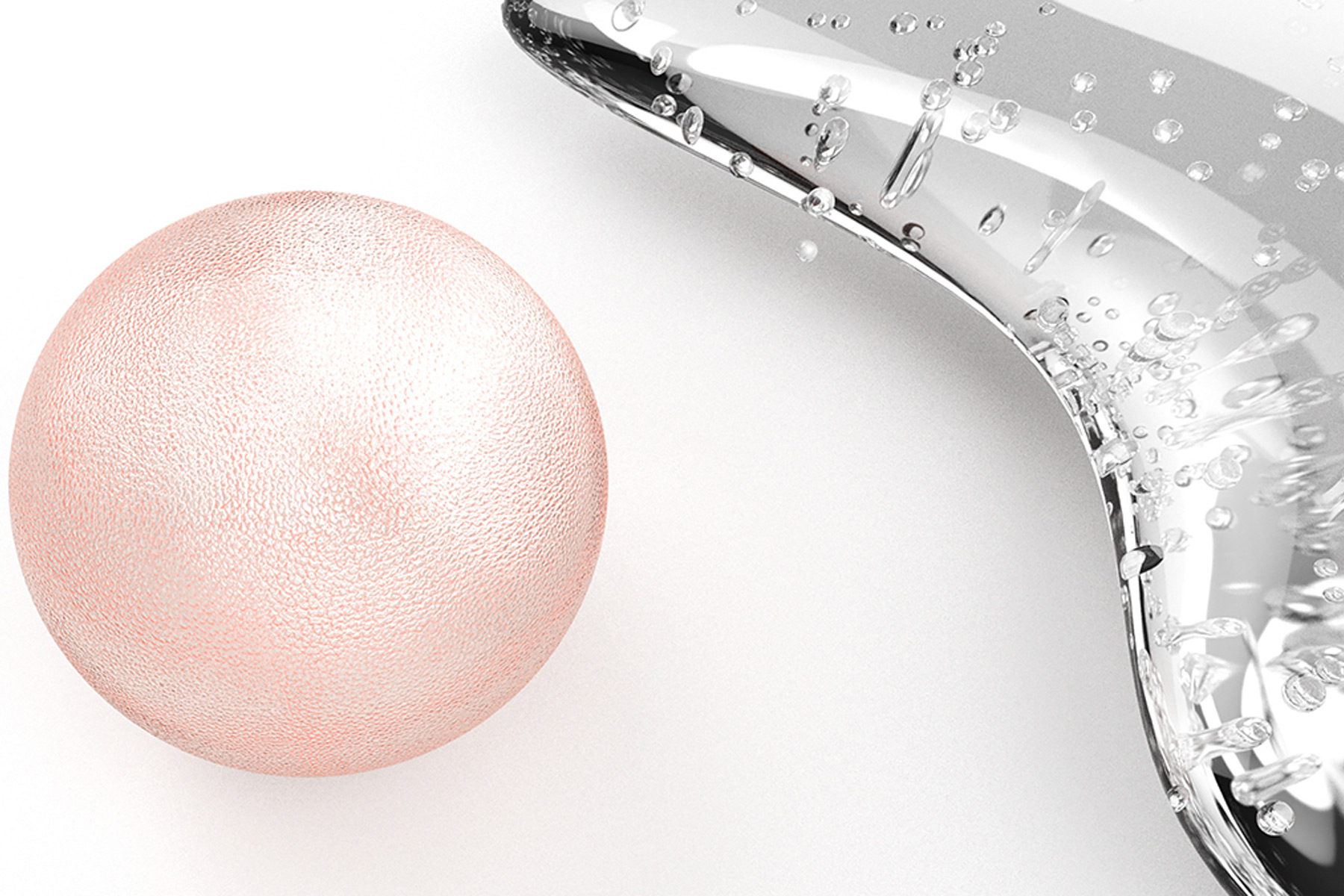Your Personal Comfort Zone
Historically speaking, the roots of visual marketing derive directly from Susan Sontag’s essay Notes on “Camp” where the author theorized “objects are not interesting in themselves but rather in the way they are represented.” What could be more interesting than a natural human-to-human interaction?
Luxury marketing adapts like a mimic octopus—it’s capable of impersonating other species as well as mimicking its current environment in order to gain the advantage. By nature, it is an ingenious observer and strategist. On the same note, luxury marketing has become indistinguishable from authentic culture mostly by mimicking characteristics of authentic social media exchanges.

Unlike visual marketing, neuromarketing is often directed at the sensitive area of consumer self-esteem, and is defined by Frontiers science journal as the “integrated science of influence.” Through newly achieved levels of everyday integration, these neuro-wizards have created a solution to solve the problem of consumer trust, by promoting products with data gathered by researching emotional reactions. It’s a simple idea, but it entails advanced research. To achieve the needed data, brands conduct studies of human emotions and demeanors (through facial coding, eye tracking, tone of voice, and even electroencephalograms). The data is gathered and applied to everyday campaigns—from visual ads to verbal claims.
But there’s a strange disconnect in the body language presented in many ads produced by this research: beautiful humans relax in the water, on satin sheets, or on a beach—but for some reason, it never goes all the way. The body language of the ads never fits the verbiage of campaigns. Why is this? As opposed to the relaxed images used by marketers, the most common words employed in cosmetic advertising are verbs, describing how products work for consumers and how customers are changed by the products. Adjectives are the second most common, referring to products’ beneficial characteristics.
Language referring to relaxation and comfort has been left out of many campaigns; marketing professionals instead focus on the idea of beauty capital, an industry term that describes the extra income that can be theoretically earned for both the attractive individual and his/her employer. Many consumers who internalize these visual and neuromarketing standards often begin to subconsciously feel that their beauty capital is the answer to their economic, social, and personal success.

As a solution, “comfort zone” is a term that could be used to replace the focus on “beauty capital” and could help alleviate cognitive dissonance in the beauty industry. This phrase describes the state in which a person operates in an anxiety-neutral condition and their physical and psychological needs are minimized. It is a behavioral state where a person feels that everything is under control. “Comfort zone” is a more accurate description of the body language in most campaigns. The term “comfort food” exists and is widely known. Thus, the term “comfort product” could also be included in our vernacular, as it would describe current social and psychological value changes in the consumer market.
Luxury branding is no longer reserved for the wealthiest, but now calls out to a wider demographic. The desire to own expensive goods is stronger than ever. In this era of an extreme neo-consumerist lifestyle, happiness is based on ownership of material goods and in a twist of fate, frequently brings feelings of anxiety (anti-relaxation). The newly accepted cultural norm that beauty cannot exist without luxury cosmetics and treatments is deeply rooted in the minds of many. The lack of a “comfort zone” or “comfort products” proves that even with advanced research, visual and neuromarketing cannot rely solely on data derived from studying human emotion and eye tracking alone in order to reflect the most current values of the consumer.

If to make products “interesting” is the main job of marketing campaigns, then maybe they could take a hint from one of the most successful campaigns of all time: a Dove campaign that sought to understand and relate to how self-esteem functions.
The change in strategy came about after a study by Dove concluded that cosmetic advertising was lowering consumers’ self-esteem. In consequence, Dove came up with a decisive campaign titled “For Real Beauty.” Its main intention was: “To make women feel comfortable in the skin they are in, to create a world where beauty is a source of confidence and not anxiety.” The campaign turns eleven years old this year and this marketing strategy still has no official name, but I feel it could be an example of “comfort zone.” The fact that Dove overtly called it a campaign, instead of hiding that fact, is interesting in and of itself. Dove’s advertisements, self-referential videos, TV talk-show spots, and publications gave the campaign an air of authenticity. The strategy was then escalated to local workshops and events that were aimed to show natural, non-photoshopped women, of all ages and all nationalities. Dove, as a brand, has turned these marketing strategies and scenarios on their head with this style of campaign. They have created a niche that is more complex than any neuromarketing data derived from an EEG cap. The underlying statement could be interpreted by the consumer as “they are in their ‘comfort zone,’ shouldn’t you be?” This could be the most effective, fear-of-missing-out, ultra-integrated marketing strategy to date.
BIBLIOGRAPHY OF CONTRIBUTING TEXTS
Aaron Dalton, Joshua Berrett, Kevin Llewelyn, Heidi Poulsen, Brigham Young University, “The Language of Cosmetic Advertising,” 1994.
“Is There a Buy Button Inside the Brain: Patrick Renvoise at TEDxBend,” YouTube, May 2013.
K-Hole #3, “Brand Anxiety Matrix,” 2013.
Alasdair White, “From Comfort Zone to Performance Management,” 2008.
Caroline Winter, “Finding Beauty in Snail Mucus, Camel Milk, and Starfish Extract,”Bloomberg Business, October 2015.
